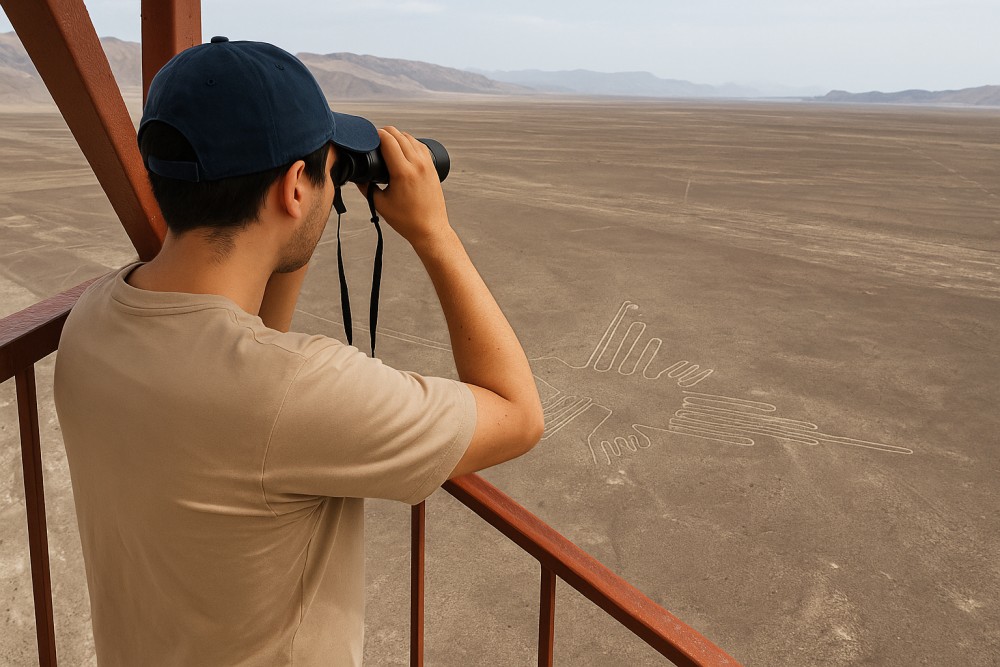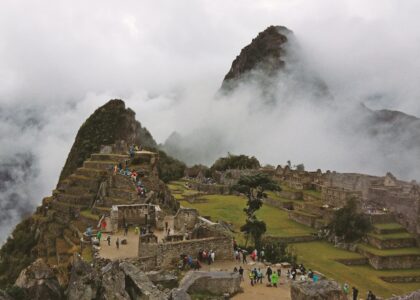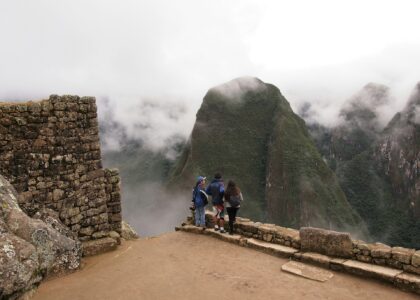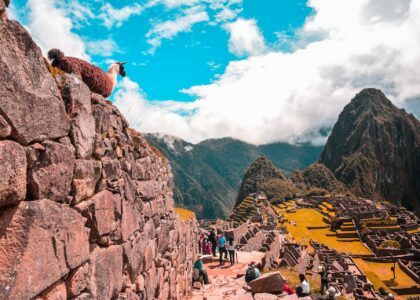Giant Drawings in the Desert
Scrawled across the bone-dry desert of southern Peru, the Nazca Lines have puzzled scientists, travelers, and dreamers for centuries.
Massive geometric shapes.
Sprawling spirals.
Animals — birds, monkeys, spiders — outlined larger than football fields.
Visible only from the air, these geoglyphs remain one of archaeology’s greatest unsolved mysteries. Who made them? How? And most importantly — why?
Here’s a deep dive into the mystery, theories, and discoveries surrounding Peru’s Nazca Lines.
What Are the Nazca Lines?
Location: Nazca Desert, southern coast of Peru
Created By: The Nazca culture (~200 BCE to 600 CE)
Extent: Over 800 straight lines, 300 geometric figures, and 70 biomorphic designs
Size: Some figures stretch over 1,200 feet (370 meters)
Carved into the desert floor by removing reddish pebbles and exposing lighter earth underneath, these lines have survived over 1,500 years thanks to the region’s extreme dryness and stability.
How Were the Nazca Lines Made?
Technique
- Remove top layer of oxidized reddish stones
- Create shallow trenches (~10–15 cm deep)
- Line borders with stones to preserve outlines
Tools
- Wooden stakes (some found embedded near the lines)
- Ropes to guide straight lines and curves
Researchers have replicated Nazca-style geoglyphs using only simple tools, proving that ancient people could plot massive designs without aerial technology.

The Leading Theories About the Nazca Lines
1. Astronomical Calendar (Maria Reiche’s Theory)
- Lines align with solstices and celestial events
- Figures represent constellations
- Served as an astronomical calendar
- Evidence: Solar alignments; Nazca astronomy
- Criticism: Not all alignments are consistent
2. Water Cult and Rituals
- Lines used in water and fertility rituals
- Figures symbolize prayers for rain or deities
- Evidence: Ceramic art and Andean water worship themes
3. Pilgrimage Routes
- Ceremonial pathways for walking
- Spiritual journeys connecting the cosmos
- Evidence: Wide, walkable lines and connection to temples
4. Extraterrestrial Hypothesis
- Lines as landing strips for aliens
- Popularized by Erich von Däniken
- Evidence: None academically, but thrives in pop culture
What the Nazca Lines Depict
Animal Figures (Biomorphs)
| Figure | Meaning (Speculated) |
|---|---|
| Hummingbird | Sun, rebirth |
| Spider | Rain and water |
| Monkey | Amazonian connection |
| Condor | Power, mountains |
| Dog | Loyalty, protection |
| Whale | Oceanic forces |
Geometric Shapes
- Trapezoids
- Spirals
- Zigzags
- Rectangles
- Radiating lines
These may represent irrigation systems, water flow, or symbolic pathways.
Humanoid Figures
The Astronaut: A strange figure with large eyes waving
- Theories range from deity to shaman to ancient artwork with symbolic meaning
Recent Discoveries
- Drones and satellite tech have uncovered over 140 new figures
- Some predate the Nazca culture, possibly linked to the earlier Paracas civilization
- Technology is helping archaeologists map wider patterns across the desert
Best Ways to See the Nazca Lines
1. Flight Tours
30–45 minute flights over the desert offer the best views
- Tip: Take motion sickness tablets
2. Viewing Towers (Miradors)
Along the Pan-American Highway
- Views of a few figures (tree, hands, lizard)
- Great for short visits or those who avoid flights
3. Drone Tours (Coming Soon)
Controlled and sustainable viewing option in development
Tips for Visiting the Nazca Lines
- Best Season: May–October (dry and clear)
- Stay Overnight: Explore Nazca’s museums and ancient aqueducts
- Visit the Maria Reiche Planetarium for astronomical insight
The Nazca Lines and UNESCO World Heritage Status
- Designated in 1994
- Preservation efforts include tourism limits and bans on vehicle traffic
- Threats: Illegal development, climate change, and mining still pose risks
Final Thoughts: A Message Written in the Sands of Time
The Nazca Lines are more than ancient art.
They are a message — carved into Earth by hands long gone, for reasons we can only guess.
Perhaps they map the heavens.
Perhaps they honor water.
Perhaps they were pathways to something greater than we can understand.
Whatever the truth, one thing remains clear:
The Nazca Lines endure — silent, majestic, and waiting for us to keep wondering.
And maybe that’s the point.
Ready to uncover Peru’s greatest mysteries from the sky?
At Explorify Expeditions, we design immersive cultural adventures that take you beyond the ordinary — from the Nazca desert to ancient trails.
Contact us today to start planning your journey through Peru’s most fascinating wonders.






